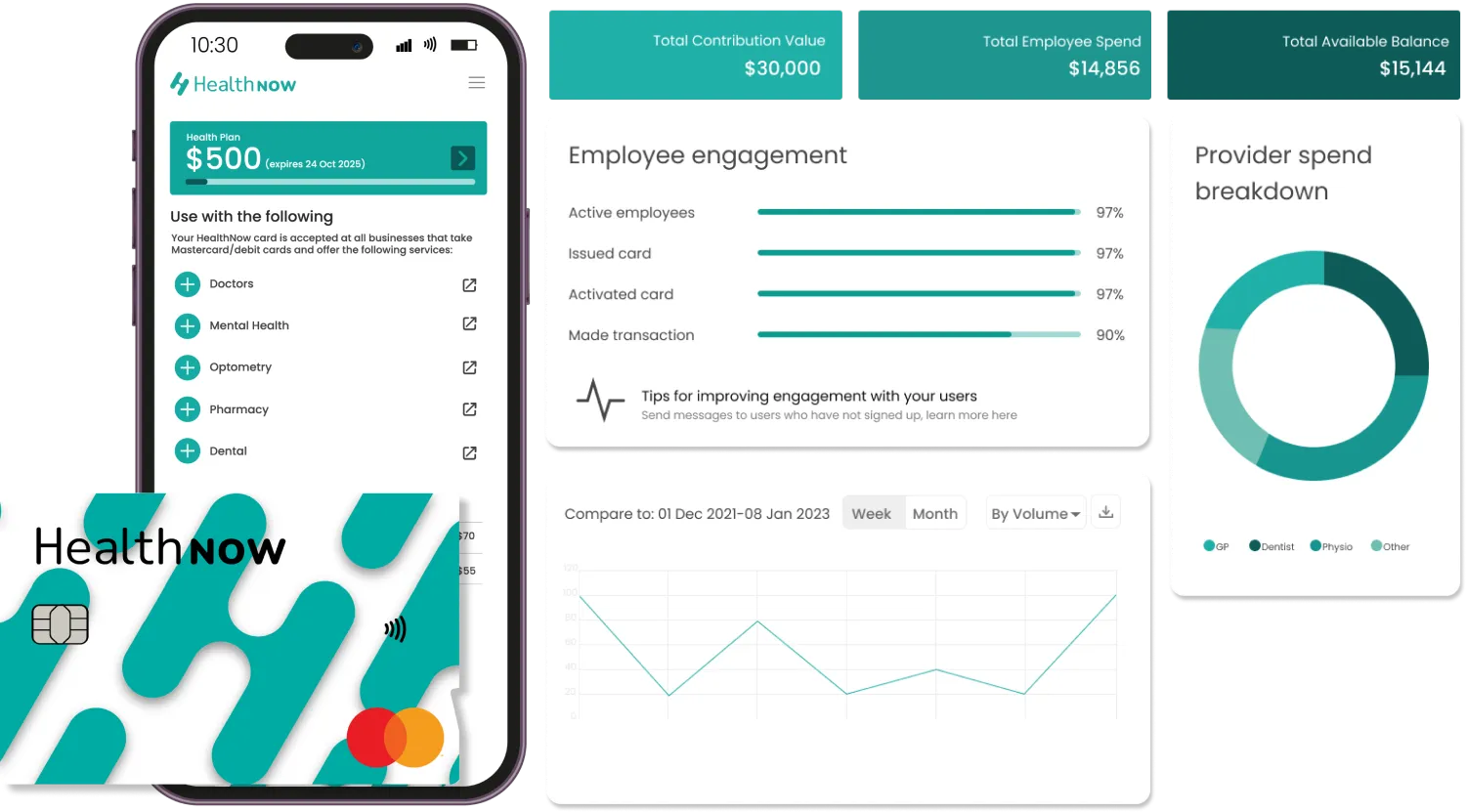We’re currently living in a period that has been dubbed “the great resignation” by both organisational psychologists and business school professors. Surveys and work trend indexes have found that over the last few years, around 41% of people are likely considering leaving their current jobs – that can account for almost half of an entire workforce – putting massive pressure on companies’ growth plans, financial projections, workload fulfilment, customer service – and likely creating a very hefty investment into new employee acquisition, human resourcing, and likely even more in immediately actioning employee retention strategies. So why is this happening – and is there anything your company can do with ease and simplicity to help reduce the resignation risk and show employees that they are valued?
Why Are Employees Resigning?
According to employment services experts, Hays, there are several reasons for the inclination of post-pandemic role changes:
-
Burnout and Work-Life Imbalance
One significant factor driving the increased resignation rates is the prevalent issue of burnout and work-life imbalance that many employees experienced during the pandemic – and they now feel the need to shift away from the environment that caused it. The sudden shift to remote work and the blurring of boundaries between personal and professional life has disrupted the work-life equilibrium for many employees. The absence of physical separation between workspaces and personal spaces, combined with the pressure to maintain productivity amid unprecedented challenges, led to prolonged working hours, heightened stress levels, and overall burnout. Specifically, according to a Microsoft survey:
- 37% of the global workforce say their companies asked too much of them during the pandemic
- 1 in 5 think their employer doesn’t care about their work-life balance
- 54% feel overworked and 39% feel exhausted
- The average Microsoft Teams user is sending 42% more chats after hours, with 50% of people responding to Teams chats within five minutes
Employees who faced this burnout are likely now seeking opportunities that offer better work-life balance and improved mental well-being. They are more inclined to resign to escape the perpetuation of work-related stress and find environments that prioritise their overall health and life outside of work.
-
Reassessment of Priorities and Career Goals
The pandemic-induced disruptions compelled many individuals to reevaluate their priorities and career aspirations. The crisis brought forth introspection and a heightened sense of mortality, prompting employees to question whether their current roles align with their long-term goals and personal fulfilment.
The prolonged period of remote work and reduced social interactions also gave individuals time to reflect on their job satisfaction and whether they were content with their current positions. As a result, employees have emerged from the pandemic with a renewed perspective, seeking roles that align more closely with their passions, values, and long-term ambitions. They are willing to take the leap and resign from their current jobs to pursue alternative career paths, entrepreneurial ventures, or opportunities that provide more meaning and purpose in their lives.
-
Lack of Employer Support and Adaptability
During the pandemic, the ability of organisations to adapt swiftly and effectively became crucial. Unfortunately, some employers failed to provide adequate support, flexibility, and guidance to their employees during these challenging times. This lack of adaptability and responsiveness eroded employee trust and loyalty. Employees who felt undervalued or unsupported by their organisations are now seeking new opportunities where they can find a more supportive work environment. They desire employers who prioritise employee well-being, offer flexible work arrangements, and proactively address the evolving needs and challenges faced by their workforce.
-
They Feel More Safe And Confident Looking For A New Job
The pandemic brought with it a great deal of uncertainty – including, in some cases, uncertainty about job security during a very challenging and unstable time. Employees who were thinking of resigning previously, or were getting ready to put in their resignations but then halted due to the pandemic, are now finally ready to make that next move that has been in the works for many years. And with unemployment rates at record lows and companies struggling to find staff, and so offering added benefits for joining their team, they may also feel it’s a particularly good time to do so.
-
They’ve Become Used To Remote Work
While remote working was very challenging for some – particularly those with young children at home – for others, it may have given them a sense of empowerment to be in full control of their days (more or less), and cemented their belief that they don’t need to be present in the office to meet their KPI’s and perform their job successfully. As such, when the call to return to the workplace was made and hybrid work options became limited, this may have been the incentive to call it quits and find more flexible work arrangements. Interestingly, some people will have a positive experience in the office, finding full-time remote work to be socially isolating and happily welcoming back in-office days, or full-time office work.
-
There’s A Financial Incentive To Switch Roles
No commuting and parking costs, no lunches out, no drinks after work – when you add that up, this meant that many employees could have easily grown used to saving hundreds of dollars each week during the pandemic. And when you’re used to having more money in your pocket each week, in can feel confronting to return to a reality where the costs have resumed – making an employee feel like they’re earning less money overall, and encouraging them to seek opportunities with an increased salary, increased employee benefits that save them money, or other financial-based incentives.
How Much Does It Cost To Replace An Employee?
While this figure can vary greatly depending on whether you’re a small, medium or large business, and your avenues of advertising or working with recruitment agencies, studies from the US have found that the expense to replace an entry-level employee can be up to 50% of that employee’s annual salary. For a supervisory role, that replacement cost could go as high as 150% of the annual salary.
The factors considered in these costs include the fees paid to recruitment agencies, HR and staff time spent on screening and interviewing processes, the likelihood of a salary increase given the current job market, and more. And that’s before considering the training costs and other indirect costs that result after losing the company knowledge that someone will have fostered over many years, along with the company-specific skills.
Reduce Resignation Rates With Employer Aid
With many employees looking for change, greater benefits or financial incentives following the pandemic, and to be felt valued and cared for by their team, especially after a stressful few years, employer aid payments are a fantastic option to meet these needs and contribute to keeping employees satisfied in their current roles.
Employer aid is delivered as a payment to an employee’s dedicated health account via the HealthNow app, which can only be used on health and medical-related services and products. The funds, the quantity of which are chosen by the employer, are available for employees to use throughout the year in much the same way they use a digital card on their phone, working at any eftpos terminal where Mastercard is accepted. Employees have control over which health services to spend their funds on within the health service categories approved by the employer, and available within HealthNow’s service suite. Businesses are not charged for any funds that are unused by their employees at the end of their annual period.
Operating across New Zealand and the US, HealthNow makes offering employer aid easy and simple by welcoming you into their AI-driven platform and international technology that delivers a custom solution to your business – HealthNow designs your employer aid based on your needs and requirements. The onboarding process for employer aid is free and easy, and you receive impact statements that give you a breakdown of how the funds are being spent, to best help you direct health initiatives in the future.
Ready to take the next step to effectively supporting your employees to look after their health? Get started with HealthNow today.







